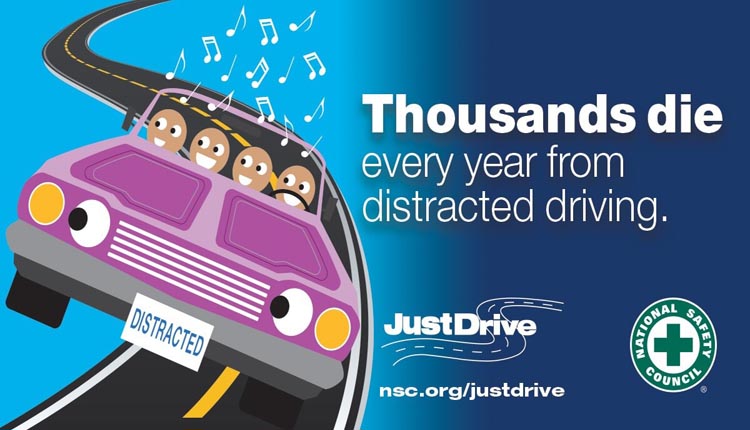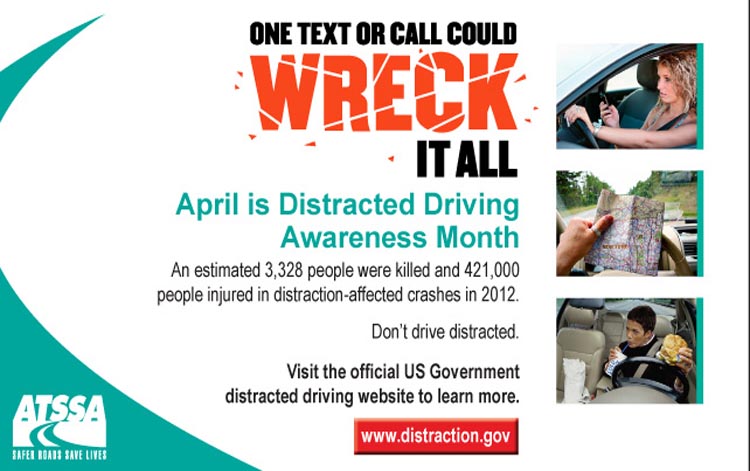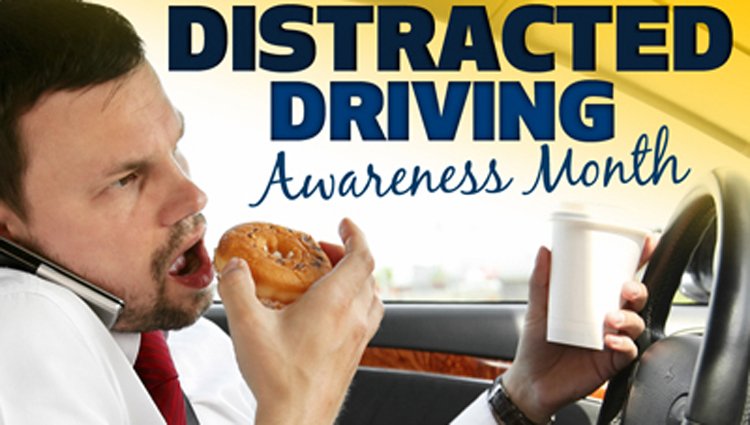When you drive, are you talking on the cell phone, texting, putting on makeup, or fumbling through your glove compartment, wallet, or purse? These are just some of the activities people are doing, which fall under the category of distracted driving.
No, seriously, April is National Distracted Driving Awareness Month, and for an excellent reason. Thousands of people die every year because they weren’t paying attention to the road.

According to the Centers for Disease Control and Prevention, in the United States, an average of nine people die every day because their mind and bodies are not thinking about driving. In 2015, 3,477 people died in traffic accidents related to distracted driving.
Other activities that have caused major car crashes while driving include eating and drinking, taking photos, talking or arguing with passengers in your car, emailing or posting to social media sites, changing music stations, or using an app on one's phone.
So, if you want to know if you're a distracted driver, there's your answer.
According to DMV.org, distracted driving falls into one or more of these three categories:
- Manual: Anything that requires you to take your hands off the wheel
- Visual: Anything that requires you to take your eyes off the road
- Cognitive: Anything that takes your focus away from driving

Photo courtesy of cthousegop.com
A few years ago, a woman had just left the bank and was sitting patiently at the traffic light waiting for the light to turn green. Suddenly, she was hit from behind by a young man who had taken his eyes off the road to show a photo to his friend. His foot had slipped off the brake, causing him to slam into the rear of the woman’s car. Of course, he was charged with distracted driving, his insurance rate went up, and he received points against his license. The woman’s bumper and rear lights were damaged, so the young man’s insurance had to pay for the repairs. Of course, it could have been worse.
If you are sitting at a traffic light and are a victim in a distracted driver accident with vehicle damage and possible bodily injuries, imagine the impact of driving on a highway at 65-75 miles an hour and being hit by a distracted driver. The results could be devastating or deadly.

Photo courtesy of tmabucks.com
It’s also a good idea to only drive when you are well rested. Get a good night’s sleep because drowsy driving is also distracted driving. If you are taking a long-distance road trip, take frequent breaks at rest stops or parks to stretch your legs and relax.
In addition, clean out your car, and make sure your dashboard is free of trash and other items.
Are you ready to take the challenge? Sign up to get free Distracted Driving Awareness Month materials from the National Safety Council.
